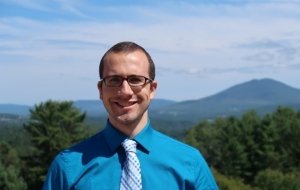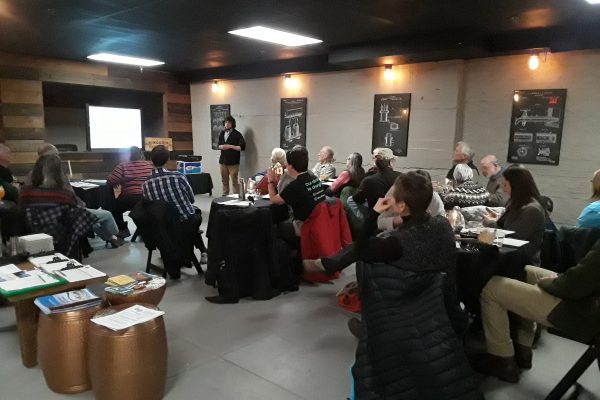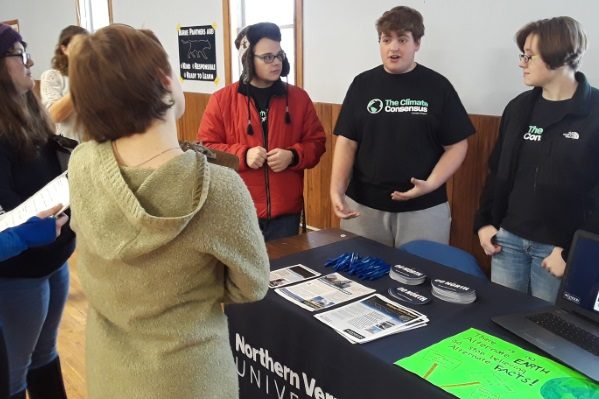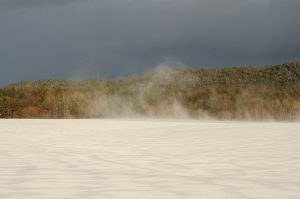
Dr. Aaron (Ari) Preston, Visiting Assistant Professor of Atmospheric Sciences, recently defended his Ph.D. research on the transport of chemical species to the upper troposphere/lower stratosphere (UTLS) by tropical cyclones. Species such as carbon monoxide, nitrogen oxide, and ozone have been found to exert a greater influence on climate change at these high altitudes than if remaining near the surface. Typhoon Mireille (1991) was examined in the western North Pacific Ocean basin using in situ aircraft-derived chemical data from NASA’s Pacific Exploratory Mission-West A field project.

The Weather Research and Forecasting (WRF) model was used with chemistry (WRF-Chem) at an innermost grid spacing of 3 km. This grid spacing explicitly resolved the convection being studied. Results show that pollution from distant sources were ingested by Mireille and subsequently lofted by eyewall convection to the UTLS, enhancing concentrations in this region. Flux calculations suggested that a strong tropical cyclone, such as Mireille, can impact UTLS chemistry as much as a continental middle latitude cyclone. Furthermore, overshooting cells in Mireille produced chemical flux density values at the tropopause level as much as 10-20 times greater than that of the tropical cyclone as a whole. Thus, although the overshooting tops comprised only a small area of the total tropical cyclone, they transport large quantities of gaseous species to the UTLS because of their very strong updrafts. Results also suggested that millions of cars would need to be hypothetically placed in the upper troposphere to have the same impact on chemical concentrations as Mireille. This demonstrated the transport strength of the tropical cyclone as a whole.

Improved understanding of atmospheric chemistry in the western North Pacific basin is important, especially in the context of increasing Asian emissions and a changing climate. Furthermore, since it has been hypothesized that global warming will lead to more intense storms, it is important to understand tropical cyclones’ role in chemical transport.




